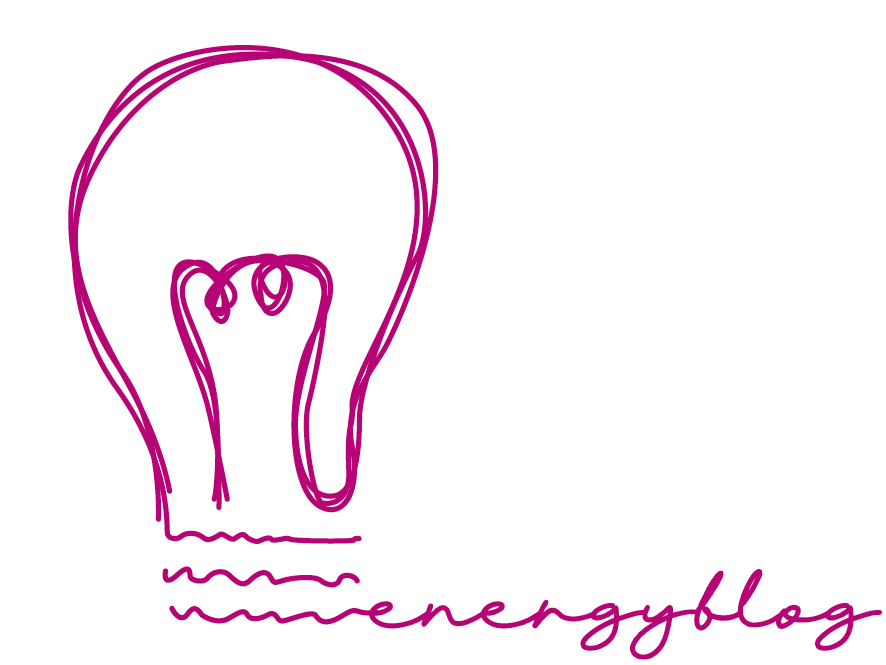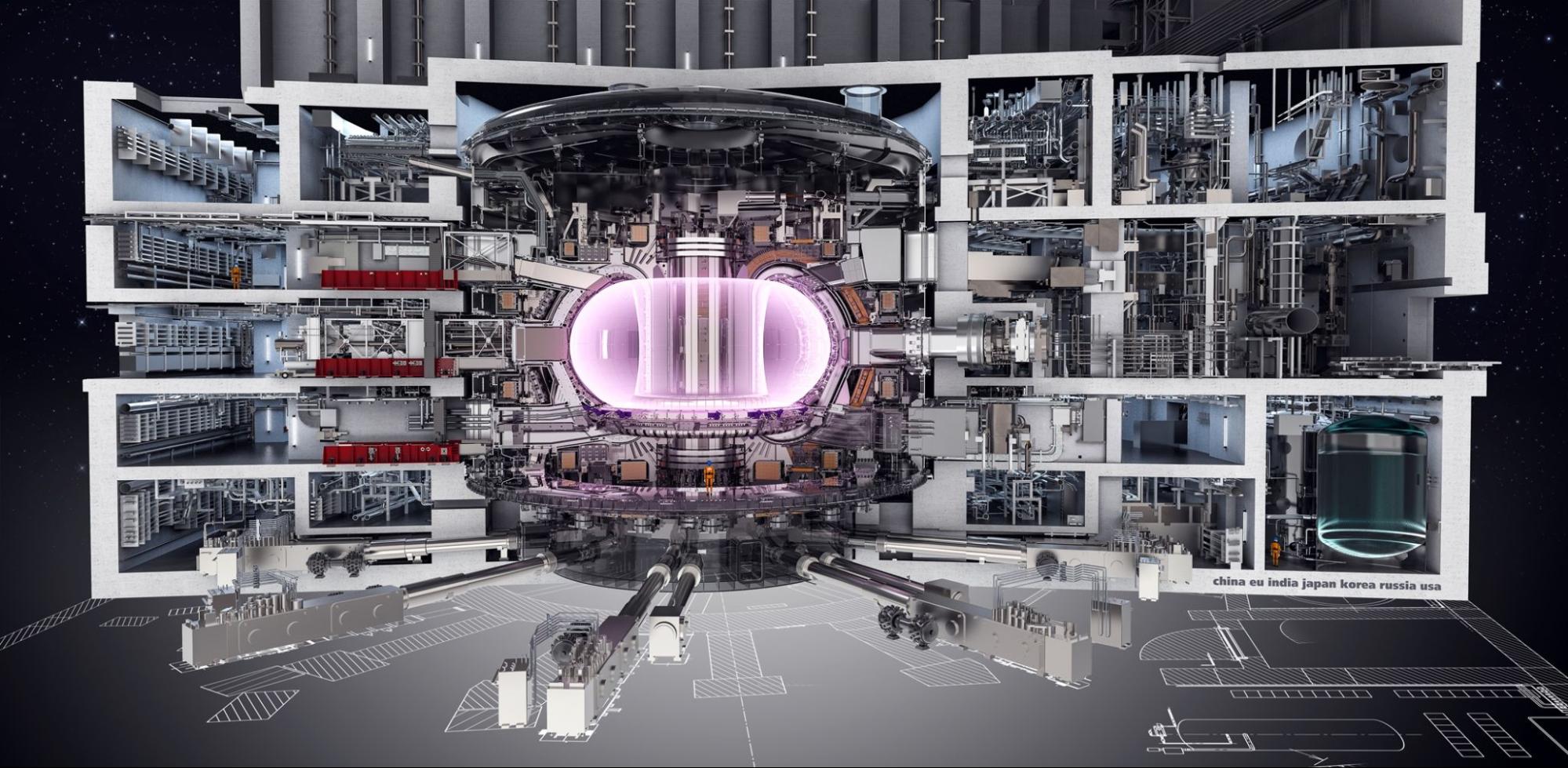By Lingxi Tang

Lingxi Tang is a doctoral researcher at the Energy Technology and Policy Group. His research focuses on understanding learning rates and experience curves based on technological characteristics. Lingxi’s research is funded as part of the PRISMA Horizon Europe Project. Lingxi completed his Masters’ in Engineering Science at the University of Oxford, and previously worked as a consultant in the energy sector.
Fusion energy promises an abundant source of clean and safe electricity. With billions of dollars already invested, we have been making unprecedented progress towards making fusion energy a reality. But what is it exactly, what’s the current status, and what are the next steps? This article explains what fusion energy is, its current state, and the pending obstacles that need to be overcome before we see fusion power plants connected to the grid.
Nuclear fusion energy has been labeled the “holy grail” of clean energy: it will be carbon-free, much safer than conventional nuclear fission, and provide a stable source of electricity, unlike intermittent renewables. Governments around the world are racing to build the world’s first fusion energy device. For example, the US has pledged $1.48 billion into fusion research last year, equating to ~17% of the DOE Office of Science’s 2024 budget. Private fusion energy companies have also been attracting increasing amounts of investment in recent years. However, achieving commercial fusion has proven itself a massive technological challenge for engineers and scientists alike. Despite development work having begun in 1958, there are still many milestones we need to reach before we can rely on fusion energy to power our energy systems.
What is nuclear fusion, and how is it different from existing nuclear power plants?
Nuclear power plants today run on nuclear fission energy. Both fusion and fission involve harnessing energy from atomic-level reactions, but that’s where the similarities end.
As can be seen in Figure 1, the harvesting of fission energy starts when a neutron is fired into a fuel atom, which then splits into smaller atoms, releasing energy in the process. Fission energy was first developed for nuclear bombs, and today it powers nearly 10% of electricity generation globally as so-called “nuclear power”.
On the other hand, fusion energy is when two atoms are fused together, such that they combine and form a new atom, releasing energy in the process. Herein lies the challenge in fusion energy: fusing two atoms involves forcing two positively charged nuclei together, which means needing a large amount of initial input energy (at least 150 million degrees C or 10 times hotter than the sun’s core) to overcome the massive repulsive force between the atoms, before we can harvest energy that is set free after nuclear fusion. So, how do we build machines that reach such high initial energy levels?

Figure 1: Nuclear fission and fusion reaction
Two main approaches towards fusion: Magnets vs Lasers
There are two main categories of fusion energy: magnetic fusion energy (MFE) and inertial fusion energy (IFE).
In MFE, fusion fuel gets heated up to the extreme high temperatures needed such that it turns into a plasma state, which is essentially a soup of charged particles. Because plasma particles are charged, they are affected by magnetic fields. As such, electromagnets are used to generate a magnetic “cage” to confine the hot plasma of fusion fuel (see Figure 2 – Left). When the plasma mix of fusion fuels gets hot enough for a long enough period of time, fusion reactions occur and energy is then released.
In IFE, fusion fuel is contained in a capsule, and the capsule is then compressed into a state of high density and temperature, allowing the fusion reaction to occur. This compression energy can be delivered in various ways. In this blog post, we will focus on laser-driven IFE, where laser beams compress and heat up the fuel capsule. Laser beams can either strike a fuel capsule directly (direct drive) or they can strike a secondary container (called the Hohlraum, see Figure 2 – Right), which converts laser energy into X-rays and plasma that then strike and compress the fuel capsule (or indirect drive), inducing fusion reactions.

Figure 2: (Left) An magnetic fusion energy (MFE) device and (right) indirect drive laser inertial fusion energy (IFE) process (adapted from RANE, 2023)
What’s the current status of fusion energy?
Before we can have commercial fusion power plants, 3 key milestones must first be met:
- Net fusion energy gain: output energy from fusion reactions to be greater than the input energy.
- A working demonstration power plant: to prove that we can harness fusion power reliably
- Economic viability: fusion power must be cost-competitive with alternatives
For MFE, the first milestone of net fusion energy gain has not yet been achieved. While experimental MFE devices have been successfully producing fusion energy, the output energy remains less than the input energy. However, progress has been steady since the first fusion device began operations in 1958. Some key recent achievements include the highest amount of fusion energy produced (69 MJ) in October 2023, and as recently as February this year, the longest plasma duration record was broken at 22 minutes.
For IFE, the first milestone has been reached. In 2022, net fusion energy gain was achieved for the first time in human history. Specifically, via indirect drive IFE, 2 MJ of laser energy was deposited on a Hohlraum, and 3 MJ was recorded to be released from the fuel capsule. This success has greatly renewed interest in the IFE approach, which has historically taken a backseat compared to MFE.
That sounds amazing! So, when will we have fusion power plants?
Progress in MFE is slow, to say the least. The first MFE device started operating around the same time the first satellite was launched into space. Today, rockets are landing themselves while MFE is still trying to reach the first milestone of net energy gain. However, by extrapolating historical trends, MFE energy breakeven should happen before 2040.
As for IFE, while achieving net energy gain was certainly a huge win for fusion energy, there is a major caveat. In that historic experiment, due to losses in the laser beams, 300 MJ of electricity was consumed to deposit the 2 MJ of energy on the fuel capsule. 3 MJ of fusion energy was produced from 300 MJ of input electricity. In other words, while net energy gain was technically achieved, net energy gain has not been achieved at a larger system level. Laser efficiency and/or energy gain would still have to improve massively before a demonstration IFE power plant can be considered.
Even if net fusion energy gain was achieved tomorrow, there are still key technological questions that remain unanswered, most crucially regarding fuel availability, material technologies and heat extraction, all of which are essential for milestone no. 2. After that, there remains milestone no. 3: Will fusion energy be cost-competitive for commercial deployment? That would have to be discussed in another blog post–so stay tuned!
Suggested citation: Lingxi Tang. “Fusion Energy: What is it and “when” will it happen?”, Energy Blog @ ETH Zurich, ETH Zurich, April 16th, 2025, https://blogs.ethz.ch/energy/fusion-energy/
Cover image: Credit © ITER Organization, http://www.iter.org/


Leave a Reply